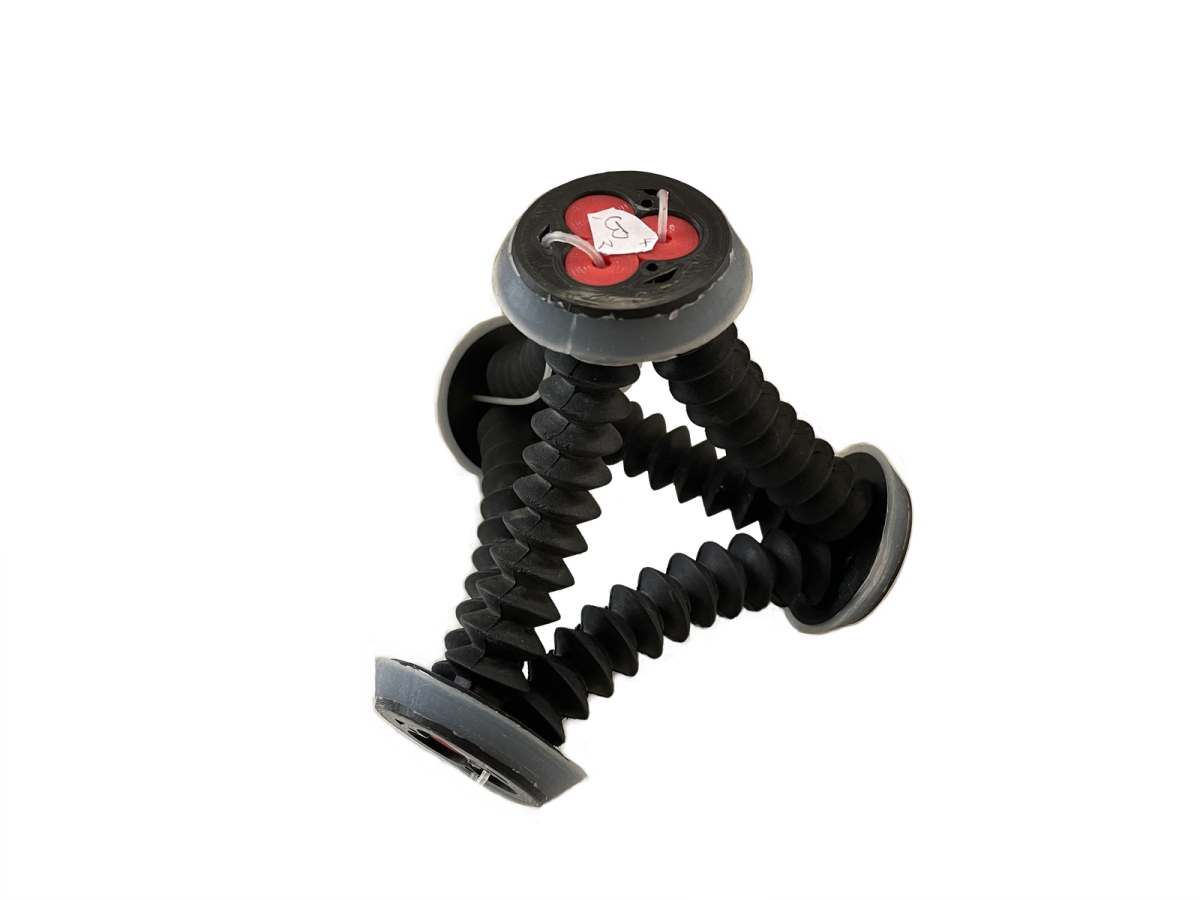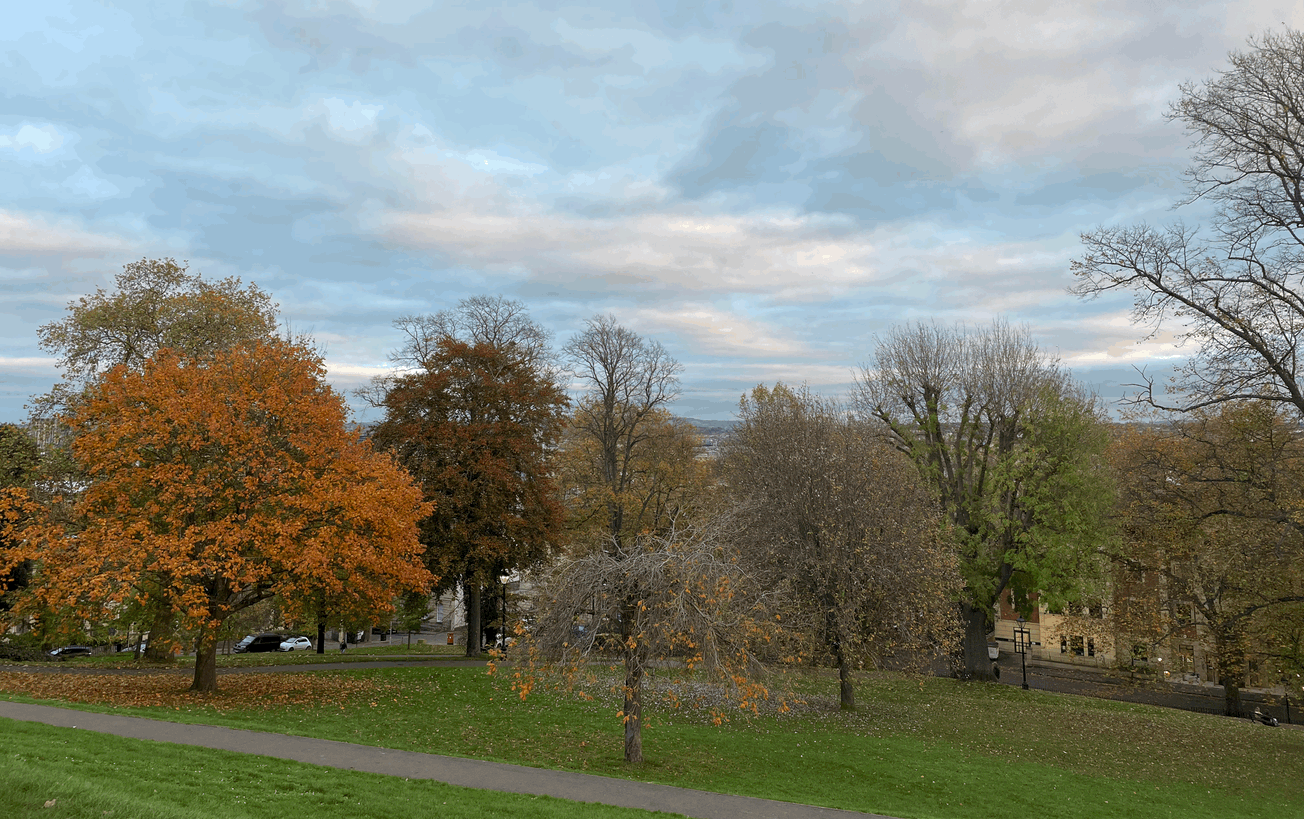By Lucas Mockeridge, SciTech Deputy Editor
A research team at the University of Bristol has designed a tetrahedral robot named Tetraflex, which changes shape to move through tight spaces, traverse harsh terrain and transport fragile objects. The robot could help in search and rescue missions and space exploration.
Tetraflex either rolls, crawls or bounds from one place to another. It can crawl through small gaps, and potentially explore confined spaces. For instance, Tetraflex could be used to inspect the rubble left by a natural disaster and may help find survivors.
It can also retrieve objects. Tetraflex first expands and rolls over an object, engulfing it. It then crawls to transport the object, holding it safely within itself. This faculty might be used to collect samples from hostile environments like nuclear sites and distant planets.
Tetraflex is composed of six struts that are joined by four end caps. The team chose airtight rubber bellows for the struts, and is able to control the length of the bellows by changing the air pressure within them.
‘Higher pressures cause the bellow to extend, and lower pressures cause it to contract,’ explained Peter Wharton, Robotics and Autonomous Systems PhD student, and lead author of the Tetraflex paper.
‘By controlling the pressure in each bellow simultaneously we can control the robot shape and size change.
‘After this, it was simply a matter of experimenting with different patterns of shape change that would generate useful motions such as rolling or crawling along a surface’.
Tetraflex has already earned international recognition. An earlier version of the robot came third at the RoboSoft 2022 Locomotion Competition, after demonstrating its ability to travel over sand, and navigate narrow gaps.
The team plans to explore the limits of Tetraflex’s ability to retrieve objects, and change the design of its end caps to fit different numbers of struts. It also intends to model Tetraflex’s locomotion strategies, and use artificial intelligence to study and optimise them.
‘There could be some really creative and effective ways of moving around or interacting with the environment that we haven’t yet discovered,’ said Mr Wharton.
Featured image: Peter Wharton
Where do you think we'll see Tetraflex next?







